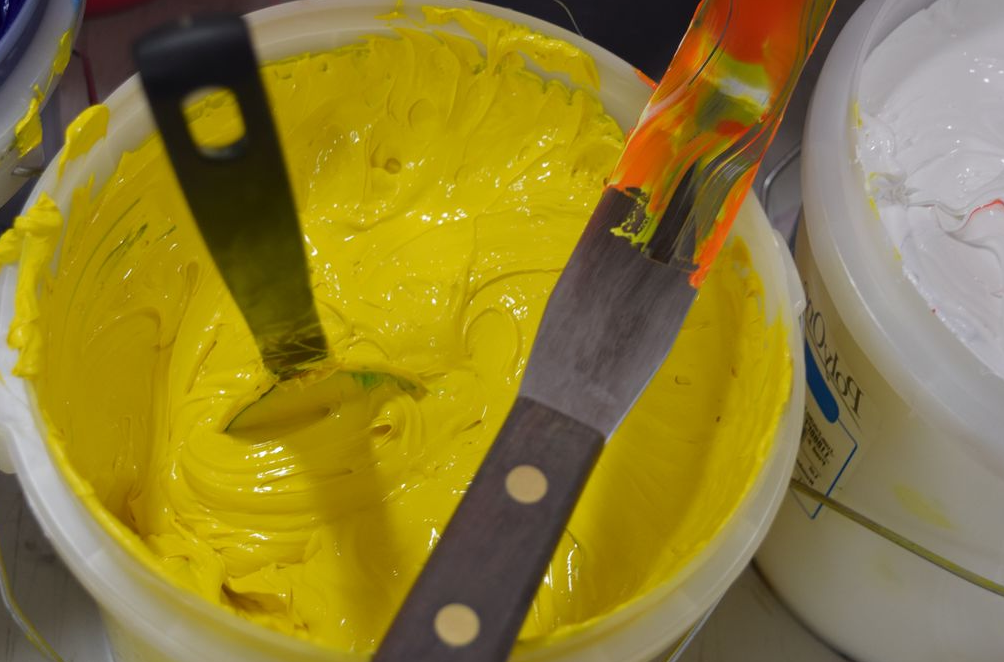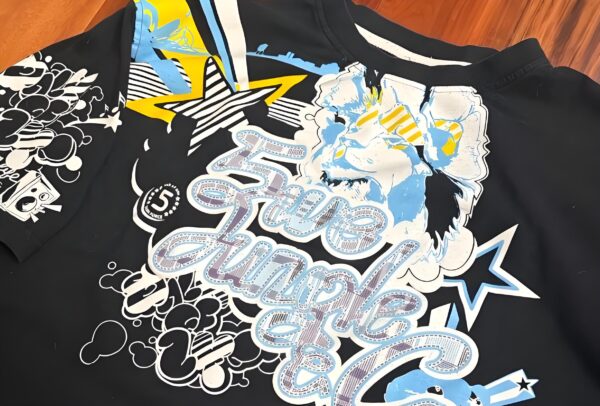Table of Contents
Exploring the Versatility of Plastisol Ink in Screen Printing
Plastisol ink is a favorite choice for screen printers. This thick, long-lasting ink works on many fabrics and is easy to use. Let’s explore why it’s so popular and how it can be used in creative ways!
What Is Plastisol Ink?
Plastisol ink is made from PVC resin and special liquids called plasticizers. Unlike other inks, it doesn’t dry until heated. This makes it perfect for screen printing because it stays workable on the screen longer.
Key Facts About Plastisol Ink:
- Used by 70% of screen printers.
- Needs heat (around 320°F–330°F) to cure.
- Works on cotton, polyester, and even tough materials like hats and car labels.
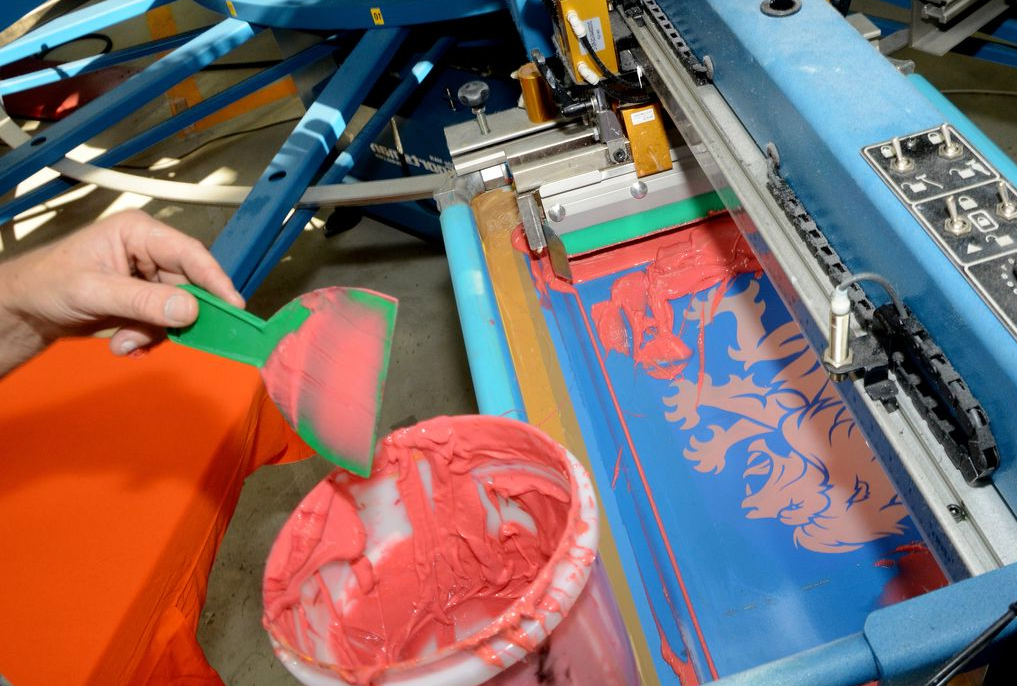
Why Do People Love Plastisol Ink?
1. It Lasts a Long Time
Plastisol ink doesn’t fade or crack easily. According to International Coatings (2021), properly cured plastisol can survive 50+ industrial washes. This makes it ideal for sportswear, uniforms, and everyday clothes.
2. Bright, Bold Colors
This ink covers dark fabrics without needing a white underlayer. It also matches PMS colors (a standard color-matching system) perfectly, so designs look exactly how you want them.
3. Easy to Use
Plastisol ink doesn’t dry on screens, so beginners can take their time. Mistakes can be wiped off easily before curing.
4. Fun and Creative Effects
- Puff plastisol: Expands 200–300% when heated, creating a soft, raised texture (Rutland Inks, 2020).
- Glow-in-the-dark: Sales jumped 30% in 2023 (Union Ink Company), perfect for safety gear or party shirts.
- High-density ink: Creates 3D textures up to 2mm thick (Wilflex, 2022), great for logos on team jerseys.
Where Is Plastisol Ink Used?
Plastisol ink is versatile and works on many materials. Here are some common uses:
- T-shirts: Band merchandise, event shirts, and fashion wear.
- Hats and bags: Promotional items for businesses.
- Sports uniforms: Stays vibrant after many washes.
- Car labels: Withstands heat and chemicals (Sun Chemical, 2020).
Did You Know?
- 85% of textile screen printing uses plastisol (FESPA Global Print Expo, 2022).
- Brands like Gildan and Hanes rely on it for cotton-polyester blends.
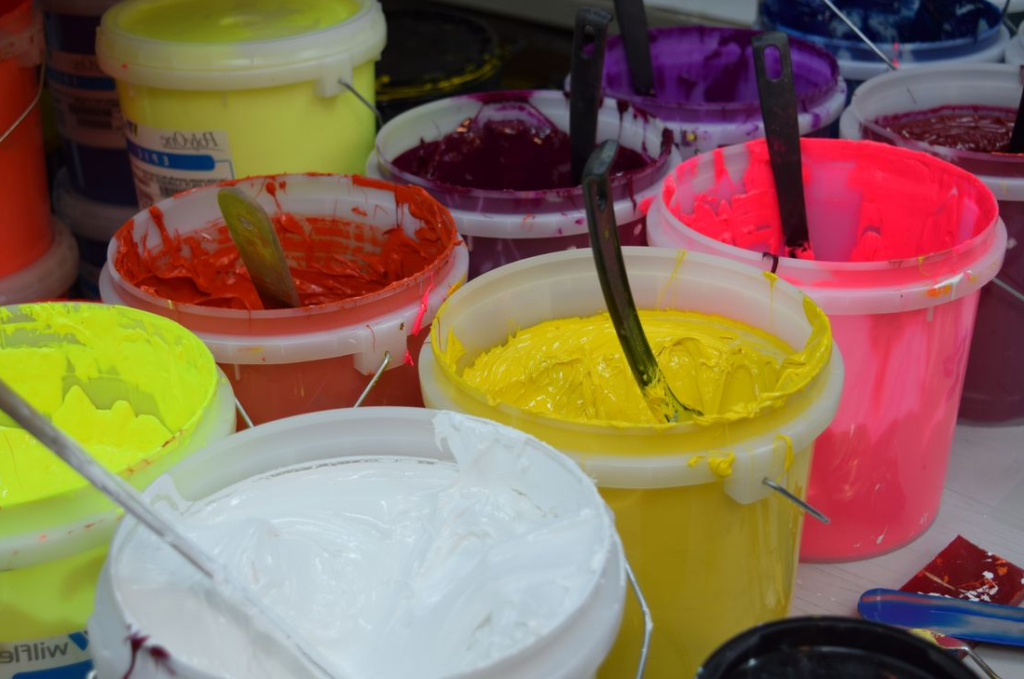
How to Print with Plastisol Ink
Step 1: Prepare Your Screen
- Use a mesh count of 110–230+ for detailed designs.
- Keep screens tight to avoid smudging.
Step 2: Print the Design
- Layer colors using an underbase (a white layer) for bright prints on dark fabrics.
- Push the ink through the screen with a squeegee at a 45-degree angle.
Step 3: Cure the Ink
- Heat the ink to 320°F–330°F for 60–90 seconds.
- Use a conveyor dryer or a heat press for even curing.
Pro Tip: Check the temperature with an infrared thermometer to avoid under-curing.
Fixing Common Problems
Even the best inks can cause issues. Here’s how to solve them:
- Bleeding: Use low-bleed plastisol (FN Ink) for stretchy fabrics.
- Cracking: Cure the ink fully or mix in soft-hand additives (makes ink 50% softer, BASF 2023).
- Clogged Screens: Clean screens immediately after printing.
- Ink Not Sticking: Pre-treat polyester fabrics with an adhesion spray.
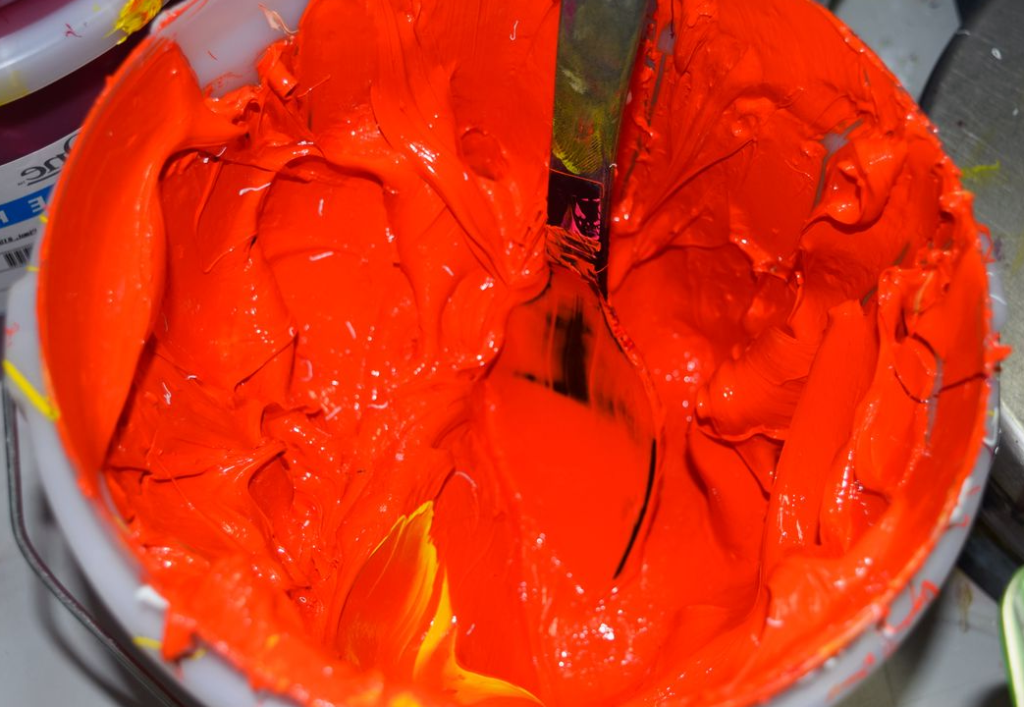
Plastisol vs. Other Inks
How does plastisol compare to water-based or discharge inks?
| Ink Type | Pros | Cons |
|---|---|---|
| Plastisol | Durable, vibrant, easy to use | Not eco-friendly |
| Water-Based | Eco-friendly, soft feel | Fades faster, harder to print |
| Discharge | Soft finish, fades fabric naturally | Works only on 100% cotton |
Eco-Friendly Option: Try phthalate-free plastisol, which saw a 22% demand increase in 2023 (QCM EPIC Inks).
Eco-Friendly Plastisol
People want greener options! Here’s how plastisol is adapting:
- Phthalate-free formulas: Safer for workers and the environment.
- Recycling programs: Cut ink waste by 40% (Screen Printing Technical Foundation, 2023).
The Future of Plastisol Ink
Exciting innovations are coming:
- Biodegradable additives: New options from BASF and Avient.
- Low-cure inks: Save energy by curing at 280°F.
- High-density textures: Perfect for luxury fashion and sports brands.
FAQs
Does plastisol ink wash off?
No! If cured correctly, it lasts 50+ washes.
Can I use plastisol on polyester?
Yes! Use an adhesion promoter for best results.
Is plastisol waterproof?
It’s water-resistant but not fully waterproof. Avoid soaking printed items.
Conclusion
Plastisol ink is a powerhouse for screen printing. It’s durable, vibrant, and works on almost any material. Whether you’re printing team jerseys, glow-in-the-dark shirts, or car labels, plastisol delivers. Try eco-friendly or specialty options like puff or glow inks to make your designs stand out!

